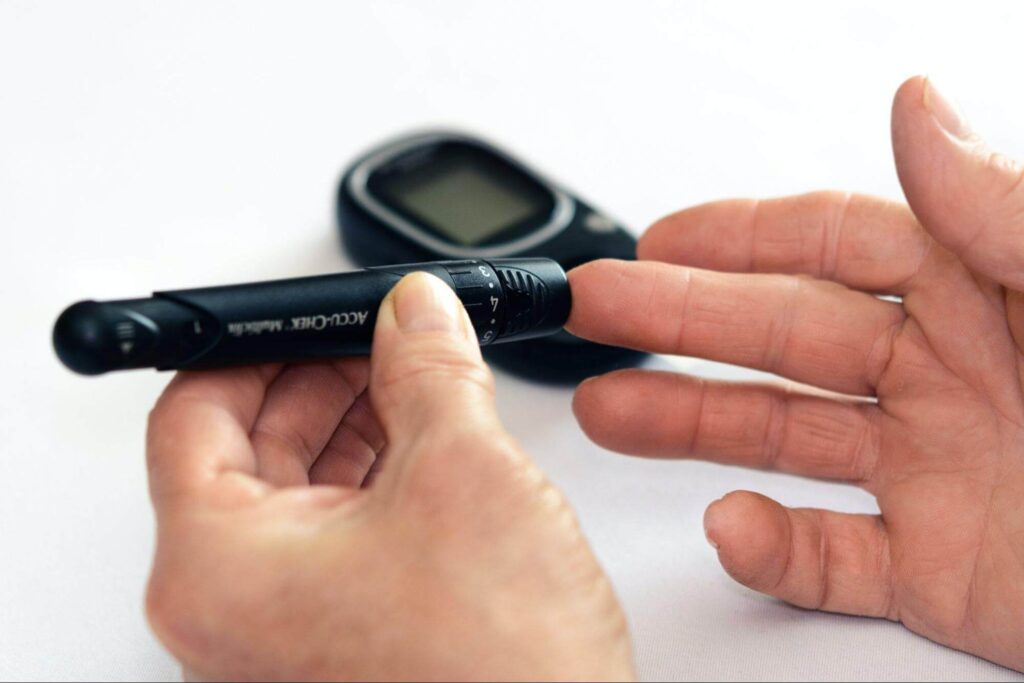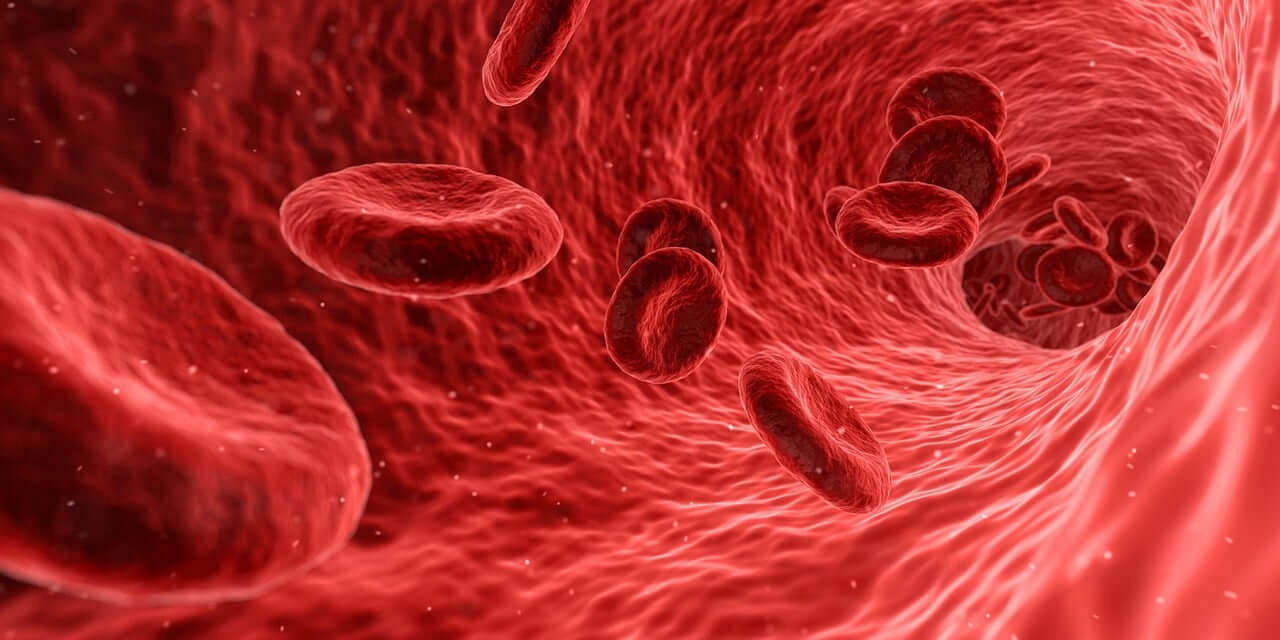Diabetes, a chronic disease that affects millions of people worldwide, is notorious for its tangled web of complications. An increasing worry among these consequences is the increased risk of blood clots.
It may appear strange that a blood sugar disorder has such a significant influence on your heart. However, the connections are extensive since everything in your body is interconnected. When one system fails, it has repercussions throughout the entire system.
In this post, we’ll look at the relationship between diabetes and blood coagulation issues, including the underlying processes, related consequences, and preventative measures.
Diabetes and Blood Clots

Diabetes, characterized by abnormal insulin production or utilization, is a metabolic disorder that influences various physiological functions. One such impact is on the vascular system, where diabetes can contribute to a prothrombotic state—making individuals more prone to blood clot formation.
This is because people who have diabetes have high blood sugar levels over extended periods. High blood sugar levels cause blood vessel and nerve damage. This damage causes a slew of ailments.
According to the American Heart Association, diabetes increases the risk of blood clots, and up to four out of every five persons with diabetes are at risk of dying from a clot-related cause.
Can Diabetes Cause Blood Clots?
Yes, diabetes increases the risk of blood clots. The condition’s influence on endothelial function, platelet activity, and fibrinogen levels promotes clot formation inside blood arteries.
Complications of Blood Clotting in Diabetes
- Deep Vein Thrombosis (DVT)
A blood clot develops in a deep vein, usually in the legs, to cause VT. Diabetes-related irregular clotting factors increase the risk of DVT, which can cause discomfort, edema, and problems if the clot moves to the lungs.
- Pulmonary Embolism (PE)
PE occurs when a blood clot, usually in the legs, moves to the lungs. Diabetes increases the risk of PE, which can cause serious respiratory and cardiovascular complications such as shortness of breath, chest discomfort, and, in extreme circumstances, death.
- Peripheral Artery Disease (PAD)
Diabetes leads to the development of peripheral artery disease (PAD), a disorder in which constricted arteries limit blood flow to the limbs. This increases the chance of clot-related problems, including symptoms including leg discomfort, numbness, and poor wound healing.
Statistics Highlighting the Risk
According to the American Heart Association:
- Diabetics are two to four times more likely to die from cardiovascular disease than non-diabetics.
- Diabetes increases the chance of developing peripheral arterial disease (PAD), defined by decreased blood flow to the limbs.
- People with diabetes are at a much greater risk of getting DVT and PE than the general population.
Symptoms of Blood Clots in Vein
Swelling: Swelling, especially in the legs, may indicate the existence of a blood clot. Diabetes increases the likelihood of clot development, emphasizing the significance of diagnosing and treating edema as soon as possible.
Warmth and Tenderness: Increased warmth and pain in a single location, typically accompanied by redness, may suggest the development of a localized clot. To avoid future difficulties, early detection is essential.
Symptoms of Blood Clots in Veins (Arm and Legs)
Leg Pain: Diabetes-related vascular problems can cause blood clot-related leg pain that ranges from a subtle aching to acute agony. Immediate assessment is required to rule out any clot problems.
Discoloration: Skin discoloration, particularly red or blue, may indicate decreased blood flow and clot development. Individuals with diabetes should regularly monitor any such fluctuations to intervene as soon as possible.
Feeling of Heaviness: A prolonged feeling of heaviness in the arms or legs may suggest poor blood circulation and possible clot-related issues. This symptom emphasizes the importance of close monitoring and aggressive healthcare management.
How to Prevent Blood Clots

Prevention is essential in treating the increased risk of blood clots linked with diabetes. Lifestyle changes such as frequent physical activity, maintaining a healthy weight, and controlling blood sugar levels are important. Adherence to recommended drugs, such as blood thinners when needed, also helps in a holistic preventative strategy.
Physical Activity: Exercise regularly to improve healthy blood circulation and lower the risk of clot development.
Weight Management: Weight control is critical because excess weight strains the circulatory system and may make blood clots form.
Blood Sugar Control: Consistent blood sugar monitoring and control are critical in lowering the risk of clotting problems that will turn dangerous blood clots.
Medication Compliance: Take prescription drugs, including blood thinners, as your doctor advises after blood test.
Hydration: A well-hydrated body promotes optimum blood flow, reducing the possibility of clot formation.
FAQs: Diabetes – Blood Clots
What illnesses cause blood clots?
Obesity, smoking, hormone treatment, and some genetic abnormalities are all risk factors for excessive blood clotting.
Does diabetes cause blood to thicken?
Yes, diabetes can cause changes in blood viscosity, making it more susceptible to clot formation.
Can diabetics take blood thinners?
To lower the risk of blood clots in diabetics, healthcare practitioners may give blood thinners such as aspirin or anticoagulants.
Conclusion
Diabetes and the increased risk of blood clots have a complicated link that needs a proactive and knowledgeable approach. Recognizing the symptoms, knowing preventative actions, and aggressively managing diabetes all play important roles in reducing the risks of clot formation and heart attack.
If you enjoyed this article, you may also want to read this article on Are Swollen Lymph Nodes a Common Symptom of Diabetes?
*This information is not intended to serve as a substitute for professional medical or dietary advice tailored to individual needs.




